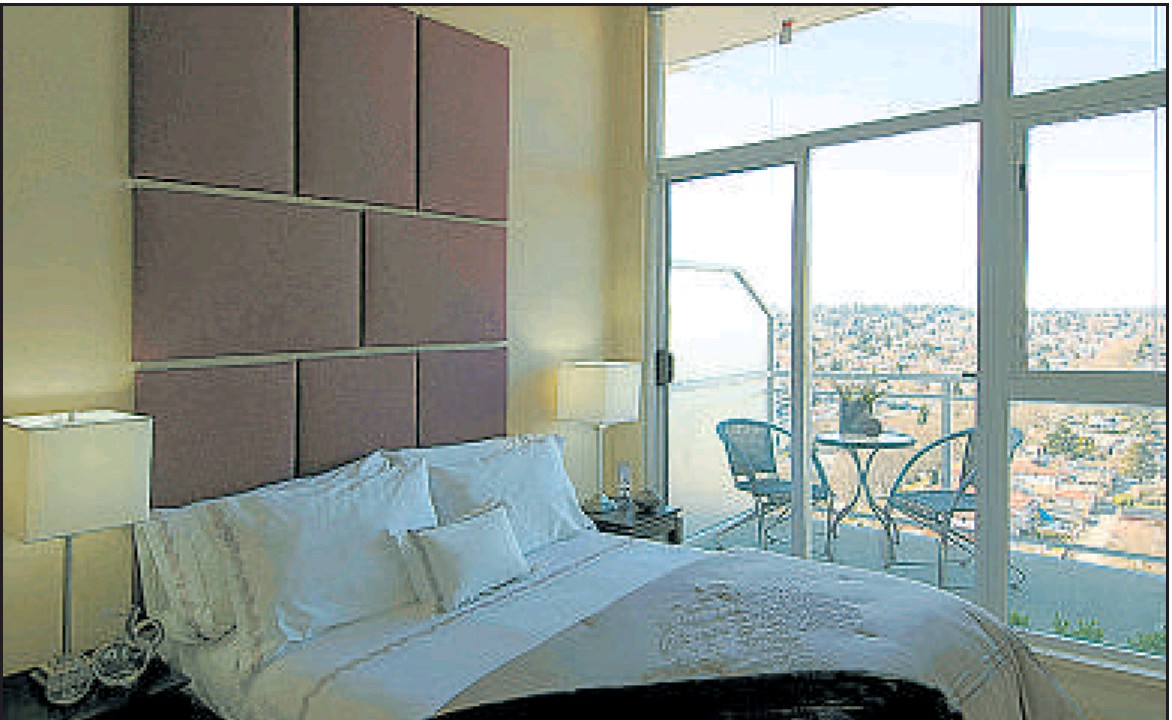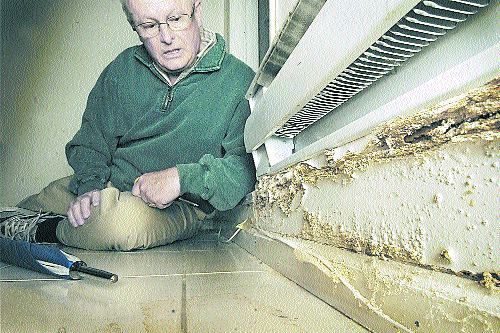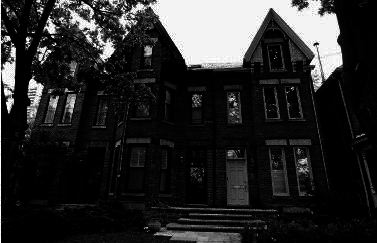It’s not a magic wand, but it is key to making property stand out from the competition
Lena Sin
Province

Neutralize your colour palette and de-personalize by removing family photos. — PHOTO COURESY OF STAGING ETC.

Master bedrooms are important. If you don’t have a headboard, create one from an upholstered fabric panel. – PHOTO COURTESY OF DEKORA
During the housing boom, home staging was all about vaulting your property into the stratosphere above the asking price.
Today, it’s about getting your house sold. Period.
Matthew Finlason, of the HGTV series The Stagers, has witnessed the housing arc of the past two years and says home staging is perhaps even more relevant in today’s turbulent market.
“Whereas the objective in the previous market was how much over asking, now it’s just about selling,” says Finlason, who recently won a Leo award for best TV host.
Finlason, who works for home staging company Dekora in Vancouver, says in the first episode of The Stagers, which aired last summer, one house sold for $100,000 over asking.
But by the end of the first season, some homes did not even sell, an indication of how quickly the market had changed.
Today, many of his clients are in the stressful position of having to sell quickly and view staging as the key to getting their property stand out from the competition.
“Staging is about first impressions. It’s about putting your best foot forward,” says Finlason.
“The moment you list your home for sale, it becomes a product and like any product, it needs to compete.”
Lindsay Do, who runs Staging Etc. in Vancouver with her partner Alice Tam, says staging helps buyers make decisions more quickly because they’re shown how a home would meet their needs.
“It’s like having a person there showing you the function of the house . Rather than saying you can fit a queen-sized bed in here, you show them,” says Do.
“In today’s real estate market, buyers with purchasing power want more for their buck, so showcasing the potential lifestyle of a home is equally important as the actual architectural features and design, especially on the pricier homes.”
Staging companies assist with everything from carpet cleaning to painting to bringing in new furniture.
The cost of staging varies widely, depending on the size of the home, how much furniture is in the existing space and the client’s budget. Some companies, such as Staging Etc., provide free initial consultations while others charge a fee. Staging costs range from $1,000 up to tens of thousands.
But in these lean times, even staging companies are getting creative to keep their clients’ costs down. Finlason, for example, might rearrange the existing furniture rather than renting new pieces or will ask clients to do some DIY.
Do says she might purchase furniture for clients so they can keep it for their next move or re-sell it at a later date.
However, Finlason is clear that homeowners should not see staging as the “magic wand” that will sell any property.
“Price will sell your home,” he says.
Rather, sellers should see staging as a piece of the overall marketing strategy. To prep for a sale, start with a detached view. De-clutter your home and keep personal items stored away.
“The biggest mistake sellers make is under-estimating the value of the emotional connection a potential buyer will have with a home in the first 10 seconds of walking through the door,” says Do.
“When staging a home, our motto is ‘Every impression counts.'”
– —
Six Staging Tips
– Neutralize your colour palette — not just with paint, but accessories, too. Avoid beiges, yellows and loud colours. Instead, try neutral linen with a warm grey or brown undertone.
– Make your own art. Take a digital photo of the beach, trees or plants in black and white and pop it into a black frame, suggests Matthew Finlason. Or cut out pages from a picture book and pop them into a vintage gold frame.
– Master bedrooms are very important. You might try to get an upholstered fabric panel to use as a headboard. “That’s as simple as going to Home Depot and getting an MDF board, some fabric and a staple gun,” says Finlason.
– De-clutter. If you haven’t used it in a year, you can’t make money with it or it’s not a family heirloom — throw it out or give it away.
– Once you’ve removed all your dated, worn items from your home, beg, borrow or steal that nice rug or beautiful armchair from your family and friends. “Think of it as community staging,” says Finlason.
– Make sure your home smells clean, with no pet or other odours, says Lindsay Do.
– Season two of the The Stagers is currently being aired on the Home and Garden Network. For more tips, visit www.hgtv.com/the-stagers/show/index.html and www.stagingetc.com
© Copyright (c) The Province







